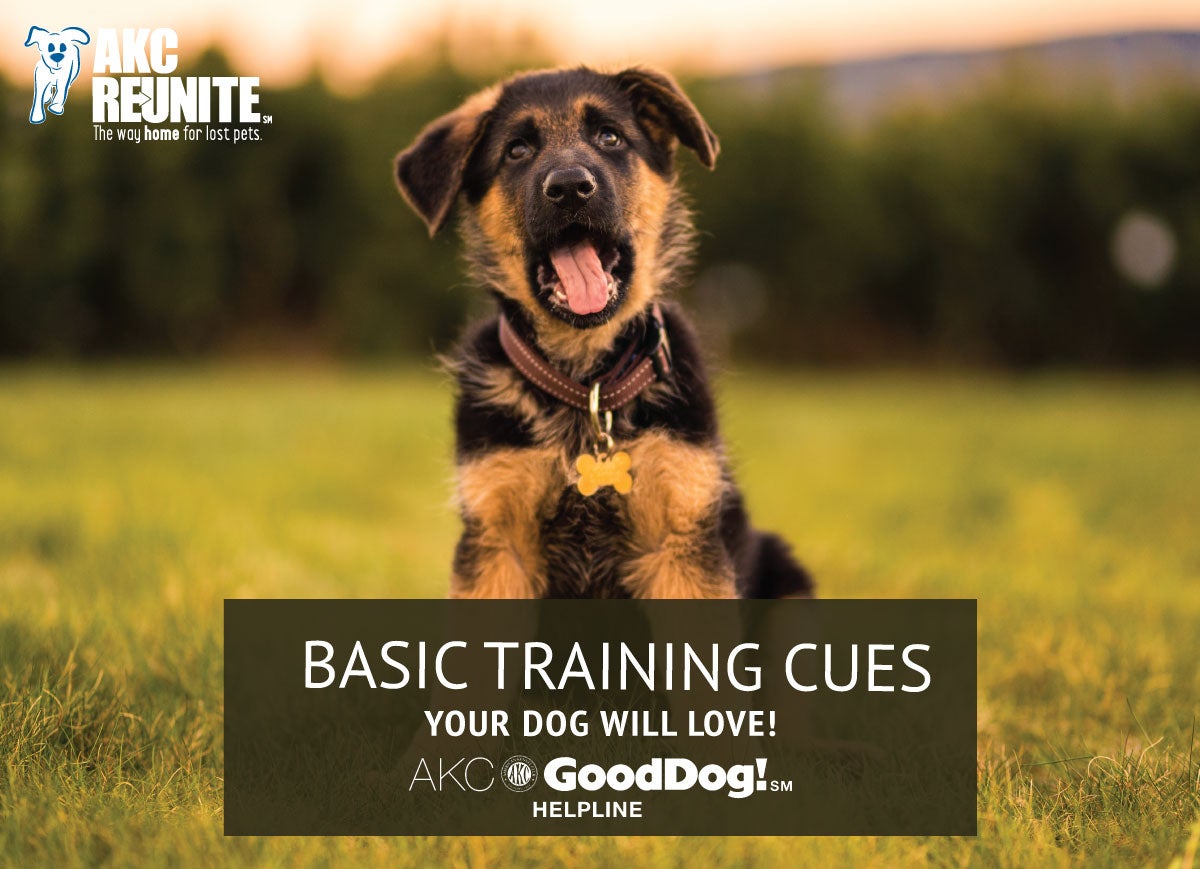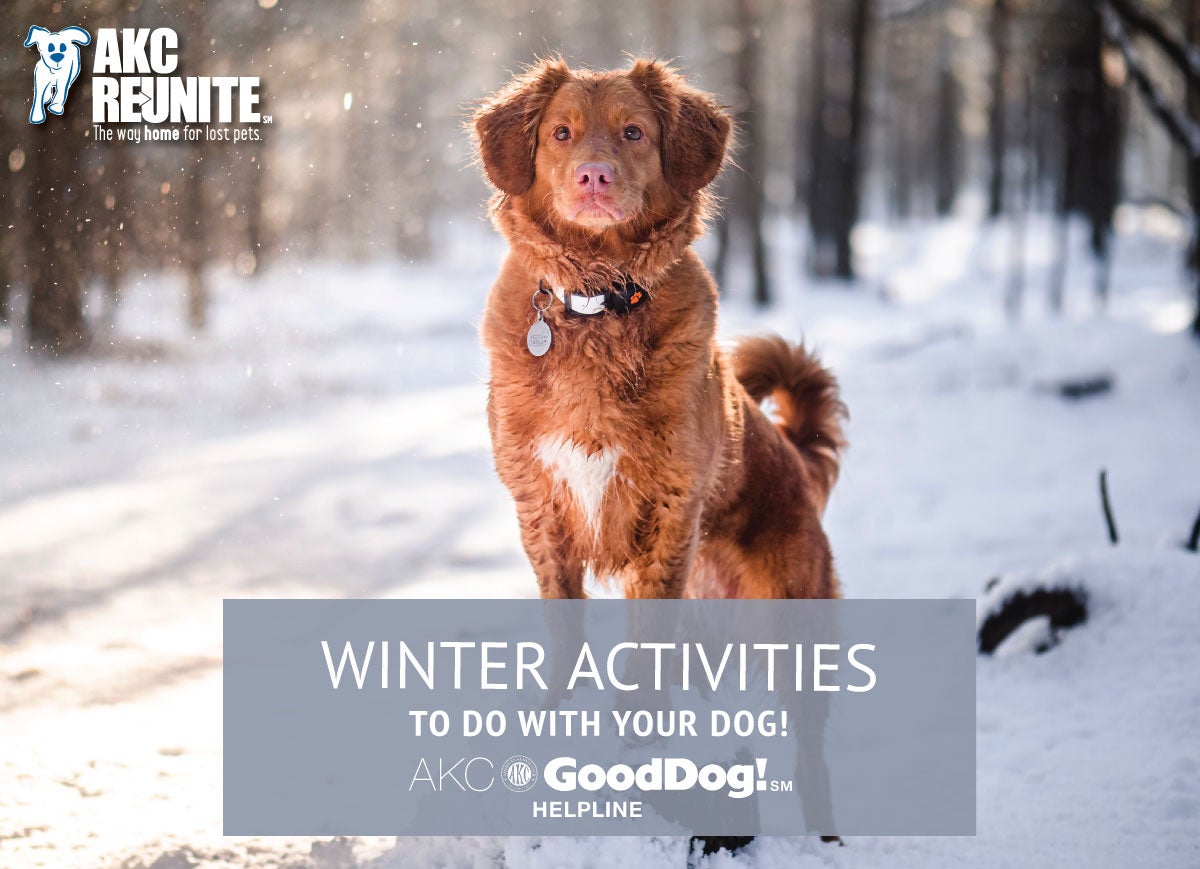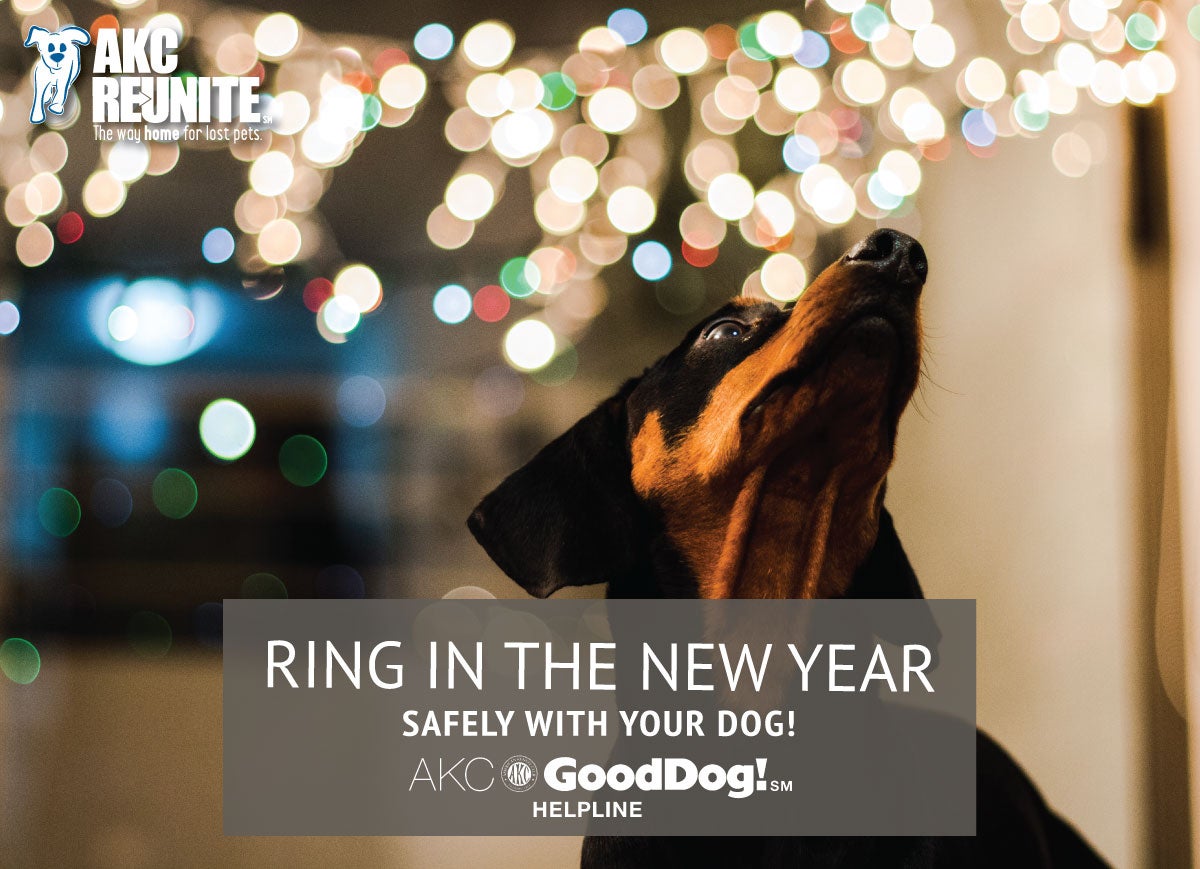Can You Convince Your Dog to Stop Chasing Critters?
Brought to you by the AKC GoodDog! Helpline – the AKC’s 7-day-a-week training support service
By Hilarie Erb, AKC GoodDog! Helpline Trainer
It’s no secret that lots of dogs love to chase whatever kinds of animals live near their homes – squirrels, rabbits, deer, birds and more. For many canines the behavior is hard-wired into them, so rather than changing their will, management is the way to go!
Any breed of dog can have a strong urge to hunt, but the instinct to chase down and kill prey is usually strongest in terriers and hounds – because they are specifically bred to independently go after game. Herding breeds usually love to chase anything that will run. For Sporting breeds, these urges can be more controllable since they are bred to help hunters by following direction.
So, what can you do if your dog is so intent on the wildlife that your walks together or time in the back yard are impossible to enjoy? Don’t worry — it is possible to train your best friend to have a little self-control!
To start, find VERY high value treats. Even fancy store-bought ones can’t vie for your dog’s attention when a live varmint is in sight; you’ll need real meat, such as hot dog pieces! Cheese also works! A special toy might work for some dogs too, so be sure to experiment and see what gets your dog excited.
Every time you take your dog outside, it’s an opportunity to train and practice curbing the instinct to chase. Before you head outside, scan the yard for critters and put your dog on a leash – even if you will be in a fenced-in yard. This will help ensure your dog has less of a chance to engage in pursuit! Once outside, each time the dog gives you any attention at all, reward him lavishly! You can do this without over-feeding when you give the dog many tiny pieces of treats in a row, also known as “jackpotting.” Even a large dog will be thrilled with several crumb-sized pieces of meat, one right after another, and this can be more fun than chasing a squirrel. Then, work toward adding a “watch me” cue after your dog starts to learn that looking at your earns rewards.
If a mad chase has already begun, don’t chase the dog yourself. This will just make things worse. Stay calm — and sometimes when you toss a handful of treats you can help to regain the dog’s attention and shorten the chase. This is why it is important to remember to keep treats handy and the leash or check cord on the dog.
For safety, never let your dog off-leash in an unfenced area. Dogs are single minded when on the chase — nothing else exists. Despite owners’ calls, passing cars, and other stimuli, the dog will have no awareness that they have run miles away while in pursuit. Keep in mind that, depending on your dog’s prey drive, it will take time to change chasing behavior, so don’t give up!
Providing an outlet for your dog’s chasing and hunting instincts can be a good opportunity for your dog to use their skillset, plus it can be fun for both of you. Check out these sports:
For more tips and advice on training your dog, join the AKC GoodDog! Helpline, a seven-day-a-week telephone support service staffed by experienced dog trainers: www.akcgooddoghelpline.org.
RELATED POSTS
Basic Training Cues Your Dog Will Love
A good relationship with your puppy doesn’t just happen overnight, but it’s easy to build one with simple cues and positive reinforcement training!
Winter Activities to do with your Dog!
Unless you live in a year-round mild climate, you and your dog can get stir-crazy during cold, snowy, or wet winter weather conditions. That's why we've compiled a list of winter activities you can do with your best friend!
Ring in a Happy and Safe New Year with your Dog
Start the new year off with a celebration and some resolutions that will make the party — and the coming year — safe for your dog!





